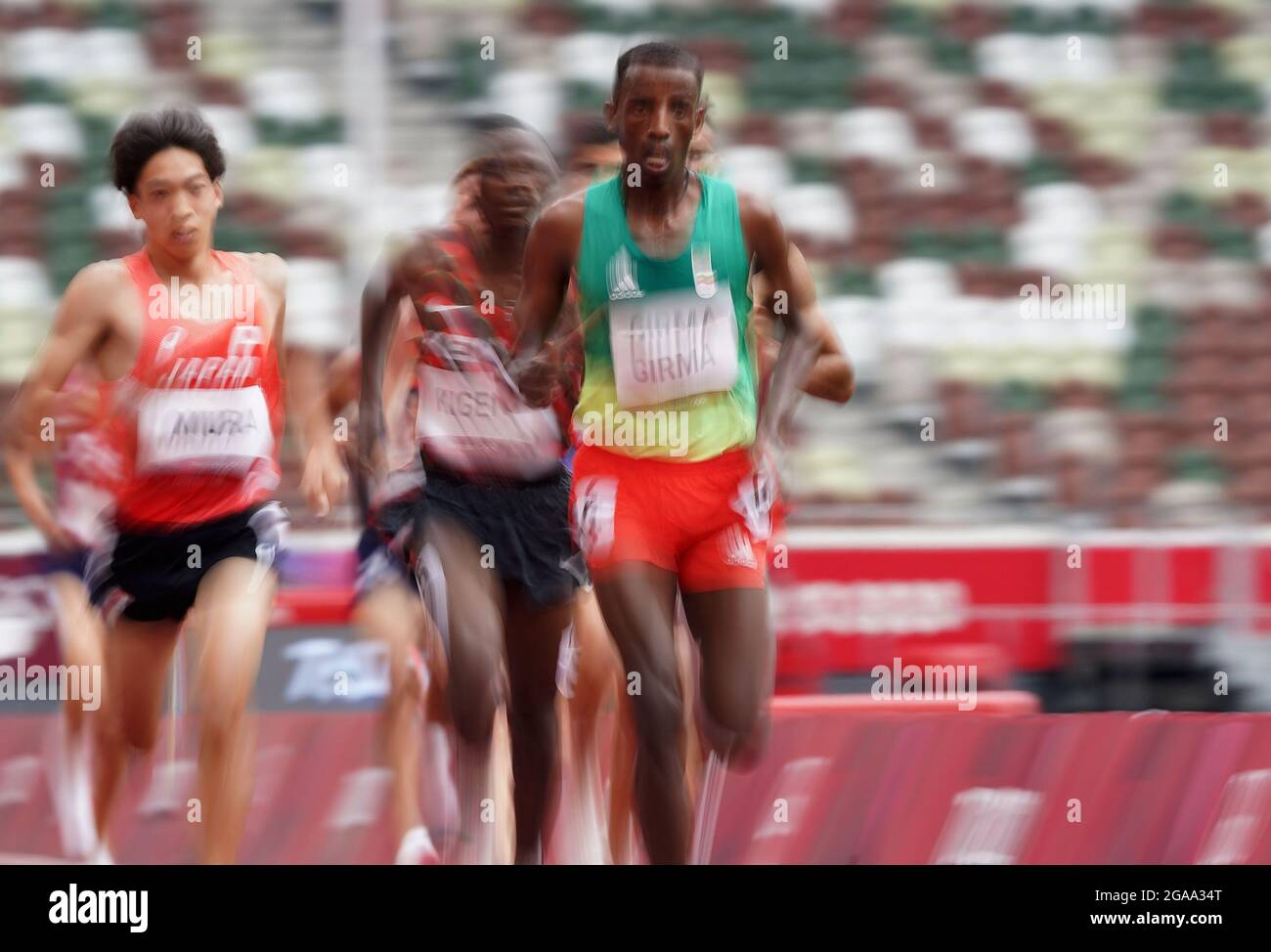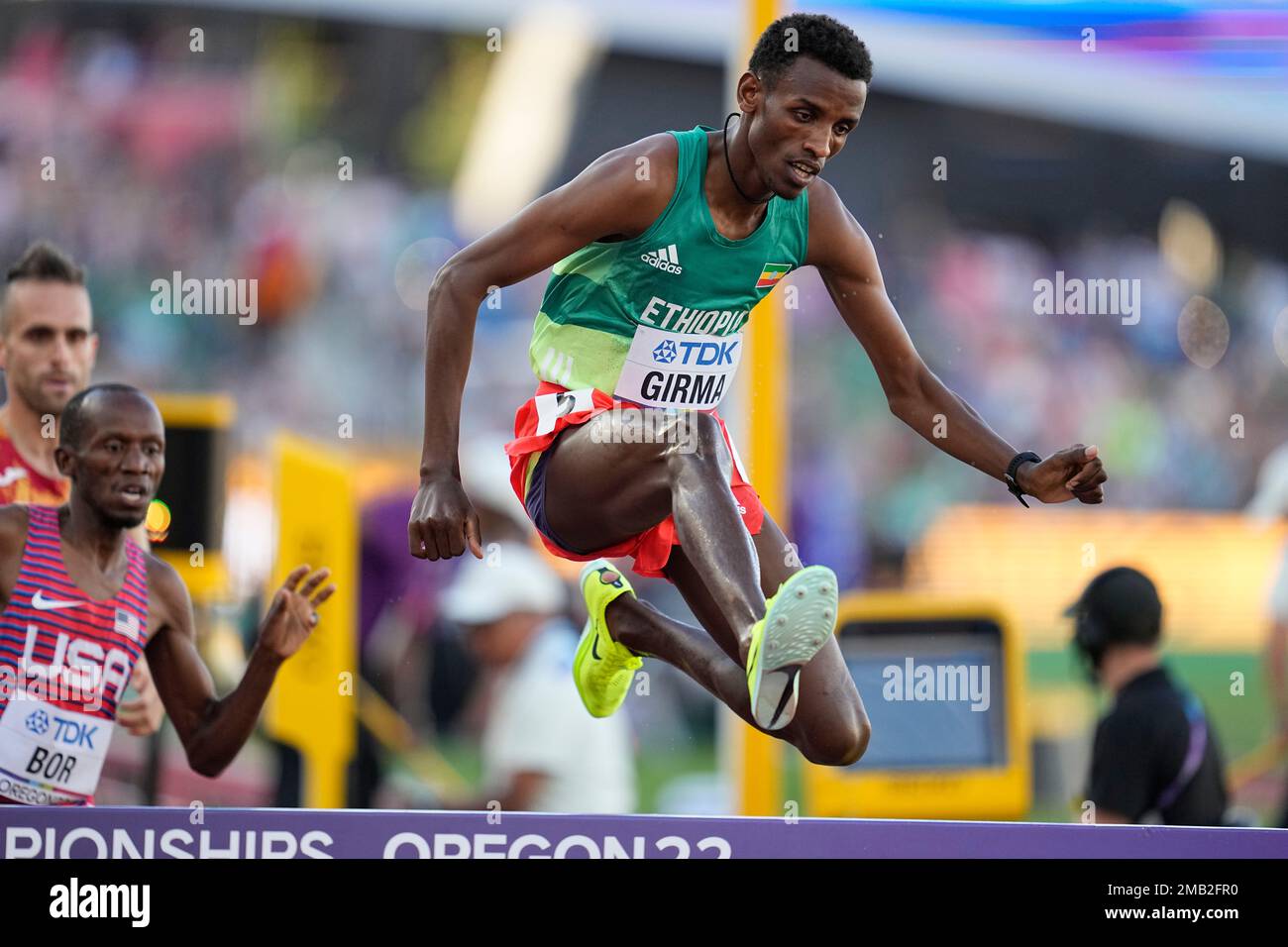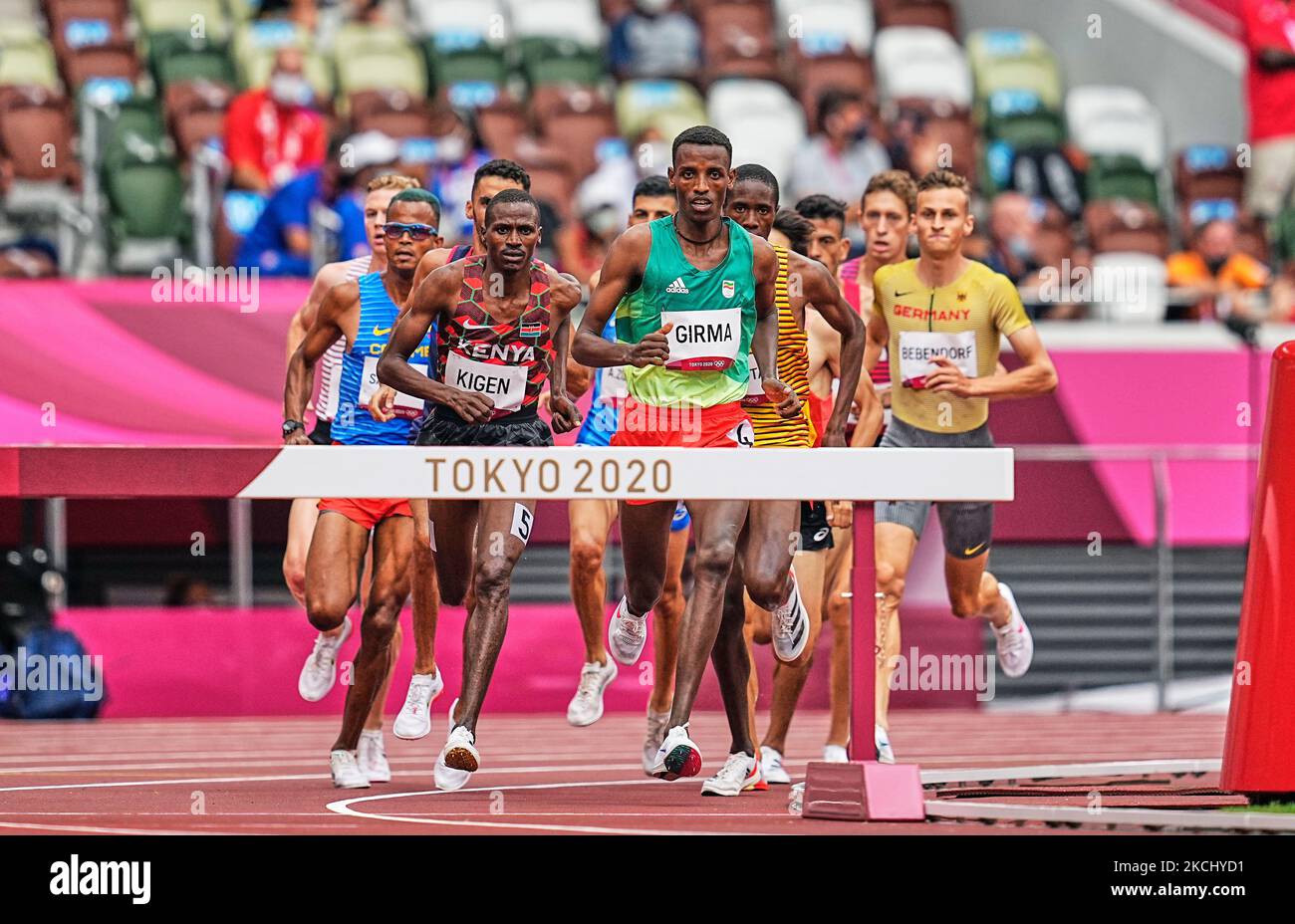The Girma Steeplechase

The Girma Steeplechase, a renowned equestrian event, holds a rich history and significant cultural impact within the world of horse racing. This thrilling competition, known for its challenging course and the remarkable skill of its participants, has evolved over time, leaving an enduring mark on the sport.
History of the Girma Steeplechase
The Girma Steeplechase traces its roots back to the early 19th century, originating in the rolling hills of Girma, a picturesque region known for its challenging terrain. The event’s origins are closely tied to the tradition of hunting, where riders would navigate the rugged countryside on horseback, often clearing obstacles such as fences and ditches. This practice eventually evolved into organized races, with the Girma Steeplechase becoming one of the first established events.
Over the years, the Girma Steeplechase has undergone significant changes, with the course evolving to incorporate increasingly challenging obstacles. The addition of water jumps, in particular, has become a defining feature of the event, requiring horses and riders to demonstrate exceptional agility and bravery.
Significance of the Girma Steeplechase
The Girma Steeplechase holds immense significance within the realm of equestrian sports, serving as a testament to the enduring tradition of horse racing and the skill of its participants. It is a competition that demands both athleticism and horsemanship, requiring horses and riders to work in perfect harmony to overcome the demanding course.
The Girma Steeplechase has also had a profound cultural impact, becoming a celebrated event that attracts spectators from around the world. It is a showcase of equestrian excellence, attracting some of the most talented riders and horses in the sport.
Unique Features of the Girma Steeplechase
The Girma Steeplechase is distinguished by several unique features that set it apart from other steeplechase events. These features include:
- Challenging Course: The Girma Steeplechase course is renowned for its demanding nature, featuring a variety of obstacles that test the limits of both horse and rider. The course includes a series of fences, ditches, and water jumps, all of which must be negotiated with precision and skill.
- Water Jumps: One of the most iconic features of the Girma Steeplechase is its water jumps. These obstacles require horses to jump over a wide expanse of water, testing their athleticism and bravery. The water jumps add an element of excitement and danger to the race, making it a truly thrilling spectacle.
- Emphasis on Horsemanship: The Girma Steeplechase places a strong emphasis on horsemanship, requiring riders to demonstrate a deep understanding of their horses and their ability to navigate the course safely and effectively. Riders must be able to anticipate the obstacles, guide their horses with precision, and maintain control throughout the race.
The Fall

The fall of a rider during the Girma Steeplechase was a dramatic moment that shocked spectators and had significant implications for the race. This analysis will delve into the factors that contributed to the fall, explore the potential consequences for both rider and horse, and examine the impact of the incident on the race itself.
Factors Leading to the Fall
The fall was likely caused by a combination of factors. One possibility is that the horse stumbled on uneven terrain, which is a common hazard in steeplechase races. The rider may have also been thrown off balance due to a sudden change in the horse’s direction or a miscalculation in the approach to a jump. Another contributing factor could be the rider’s inexperience or a lack of proper training, which might have led to a failure to maintain control of the horse.
Consequences of the Fall
The fall posed a significant risk to both the rider and the horse. The rider could have sustained injuries ranging from minor scrapes and bruises to severe fractures or even a concussion. The horse could also have been injured, potentially suffering from broken bones, ligament tears, or internal bleeding.
Impact on the Race
The fall had a significant impact on the race itself. It disrupted the flow of the competition, causing a delay while the rider and horse were checked for injuries. The fall also altered the dynamics of the race, potentially giving an advantage to other riders who were not involved in the incident.
Safety and Prevention: Girma Steeplechase Fall

Steeplechase racing, with its combination of speed, obstacles, and challenging terrain, poses inherent risks for both horse and rider. Understanding these risks and implementing appropriate safety measures is crucial for minimizing the likelihood of falls and ensuring the well-being of all participants.
Common Causes of Falls
Falls in steeplechase racing can be attributed to various factors, including:
- Obstacles: The presence of fences and water jumps can lead to falls if horses misjudge the distance or stumble during the jump. Horses may also refuse to jump, leading to rider dismounts.
- Rider Errors: Inappropriate riding techniques, lack of experience, or misjudgments in navigating obstacles can contribute to falls.
- Horse Factors: Horses may stumble, lose their footing, or experience a sudden change in behavior, potentially causing a fall.
- Course Conditions: Slippery or uneven terrain, poor visibility, or obstacles that are not properly maintained can increase the risk of falls.
Best Practices and Safety Protocols, Girma steeplechase fall
- Rider Training: Riders should undergo comprehensive training programs that focus on steeplechase-specific skills, including jumping techniques, obstacle negotiation, and emergency procedures.
- Horse Preparation: Horses must be adequately trained for steeplechase racing, with a focus on jumping proficiency, obstacle awareness, and fitness. Thorough veterinary examinations and regular maintenance are essential to ensure their health and well-being.
- Course Safety: Steeplechase courses must be meticulously designed and maintained to minimize hazards. This includes ensuring proper obstacle construction, appropriate terrain conditions, and adequate visibility for both horses and riders.
- Safety Equipment: Riders should wear protective gear, including helmets, body protectors, and boots, to mitigate the severity of injuries in the event of a fall.
- Emergency Response: Adequate emergency medical services, including qualified personnel and equipment, should be readily available at all steeplechase events to provide immediate care in case of an accident.
Safety Equipment and Techniques
| Equipment | Description | Technique |
|---|---|---|
| Helmet | Provides head protection in the event of a fall. | Should be properly fitted and securely fastened. |
| Body Protector | Protects the rider’s torso from impact. | Should be worn over clothing and adjusted for a snug fit. |
| Boots | Provide ankle support and protection. | Should have a secure fit and provide a good grip on the stirrups. |
| Safety Stirrups | Designed to release the rider’s foot in case of a fall. | Should be properly adjusted and checked before each race. |
| Protective Clothing | Long pants and a long-sleeved shirt can help prevent abrasions. | Should be made of breathable and durable material. |
Girma steeplechase fall – Girma’s steeplechase fall was a right bummer, but at least it wasn’t as bad as that time he tripped over the water jump. You know, it made me think of wayde van niekerk , who’s a proper legend on the track.
He’s like, the fastest bloke ever, and Girma’s got some serious catching up to do if he wants to be like that! Anyway, Girma’s gotta get back up and give it another go, right?
Right, so Girma’s steeplechase fall was proper rough, innit? Like, you know how Hampton Morris always says you gotta be adaptable and innovative, well, that’s exactly what he’d have done if he was out there on the track. Hampton Morris would have been all “move on, adapt, and learn from it,” and that’s what Girma needs to do, yeah?
Get back up and smash it next time.